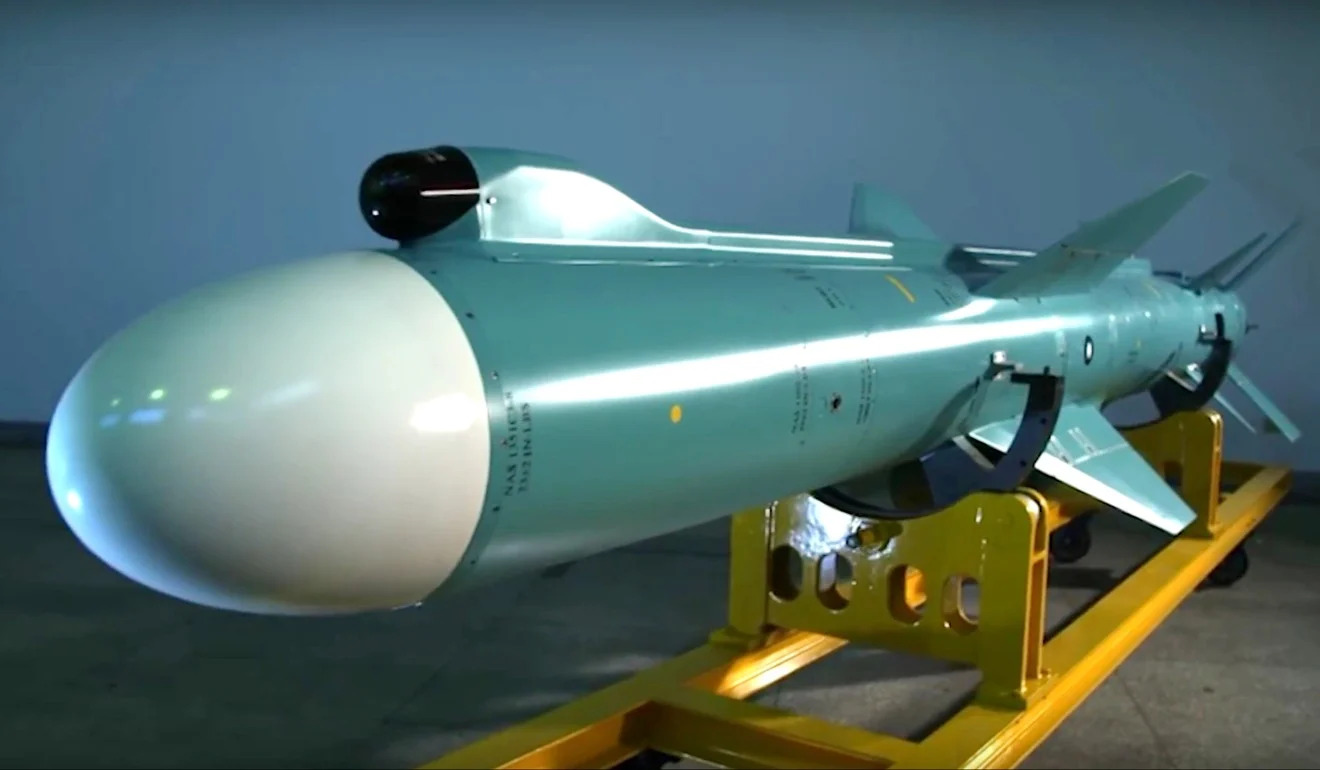Taiwan has recently showcased its Hsiung Feng IIE (HF-2E) long-range missile, signaling an enhanced deterrence capability against potential Chinese aggression.
This latest revelation provides new insights into Taiwan’s evolving defense strategy and its quest to strike deeper into mainland China.
Photos released by Taiwan’s United News Daily (UDN) and corroborated by the semi-official Central News Agency (CNA) show what is believed to be a nighttime launch of the HF-2E missile from the Jiupeng military base located in Pingtung County.
This secretive missile has been under development since the early 2000s, aimed to strengthen Taiwan’s defense by holding targets on the Chinese mainland at risk.
The Jiupeng military base, a hub for Taiwan’s National Chung-Shan Institute of Science and Technology (NCSIST) – responsible for the missile’s development, has been the site of multiple missile tests.
Oh my God, we've got the first ever image of the HF-2E land attack cruise missile, taken during a secret firing last night.
The missile was briefly illuminated by the still burning solid booster, which was being discarded. pic.twitter.com/LZVMpEUHxU
— Taepodong (@stoa1984) August 16, 2023
Recent incidents at the base, including an explosion during missile propellant disposal and an unexpected missile detonation in mid-air, emphasize its importance in Taiwan’s defense research and testing initiatives.
While details regarding the HF-2E remain limited, the missile is understood to be a ground-launched land-attack cruise missile with a design that shows similarities to the U.S. Tomahawk and the AGM-84H/K Stand-off Land Attack Missile-Expanded Response (SLAM-ER).
At least two variants of the HF-2E are believed to exist: a baseline version with a range of 300 to 600 kilometers and an extended-range variant, also referred to as the Hsiung Sheng, capable of hitting targets between 1,000 and 1,500 kilometers away.
Such capabilities enable the missile to target vital installations in China, including radar sites, airfields, and other strategic assets.
The HF-2E’s design, which began in 2001, was aimed at targeting previously unreachable regions within mainland China.
Before its inception, Taiwan’s missile capabilities were limited to striking only coastal areas.
Missile Threat, a defense analysis platform, draws parallels between the HF-2E and the US-made BGM-109 Tomahawk cruise missile.
The missile has seen successful tests in the past, with an extended-range version showcasing an 800-kilometer range.
Taiwan’s commitment to strengthening its defense infrastructure extends beyond just the HF-2E. In 2022, it was reported that the NCSIST had plans to significantly augment its missile production capacity.
Taiwan’s defense strategy is evident through its focus on developing long-range missiles such as the Yung Feng supersonic cruise missile, the Ba Dan ballistic missile, and the HF-2E.
While the Yung Feng became operational in 2014, challenges such as multiple failed tests have not deterred Taiwan from continuing with the HF-2E’s development.
Given Taiwan’s geopolitical situation, it has long maintained a defensive “porcupine strategy.”

However, with advancements like the HF-2E, it might be transitioning to a more aggressive “pit viper strategy,” which involves targeted missile strikes on major Chinese cities if provoked.
In reaction to Taiwan’s evolving defense approach and increased international engagements, China has amplified its military exercises around the island.
Since the US House Speaker Nancy Pelosi’s visit to Taiwan, Chinese military operations have shifted, reflecting the possible need for Taiwan to reevaluate its strategic positions.
In summary, Taiwan’s missile advancements underscore its intent to deter potential threats and level the playing field in the Taiwan Strait.
The unveiling of the HF-2E marks a significant step in this direction, although regional stability remains in a delicate balance.

